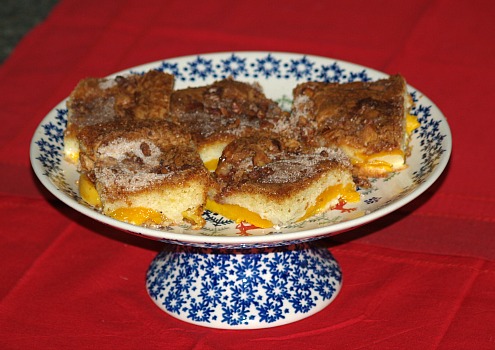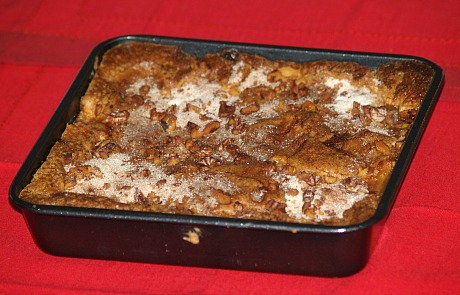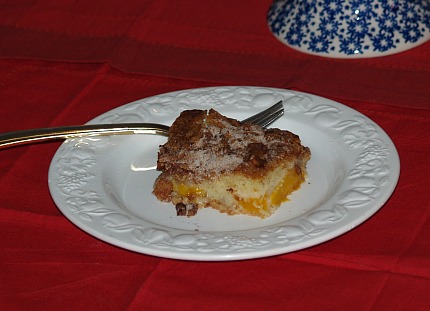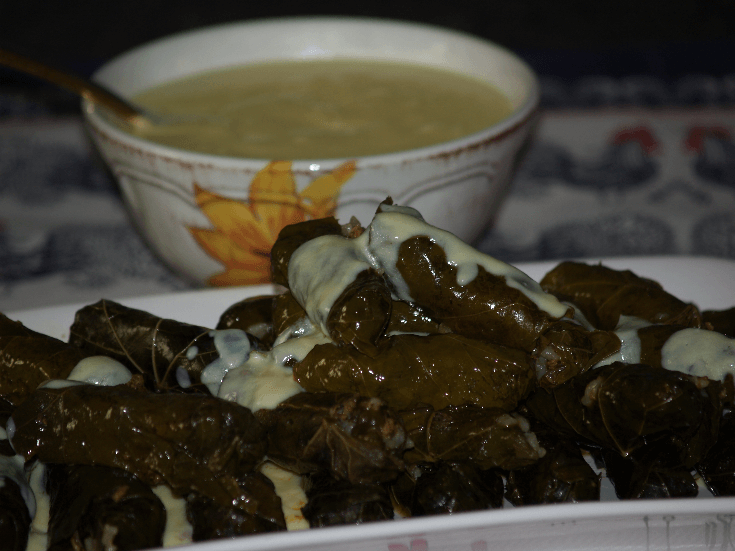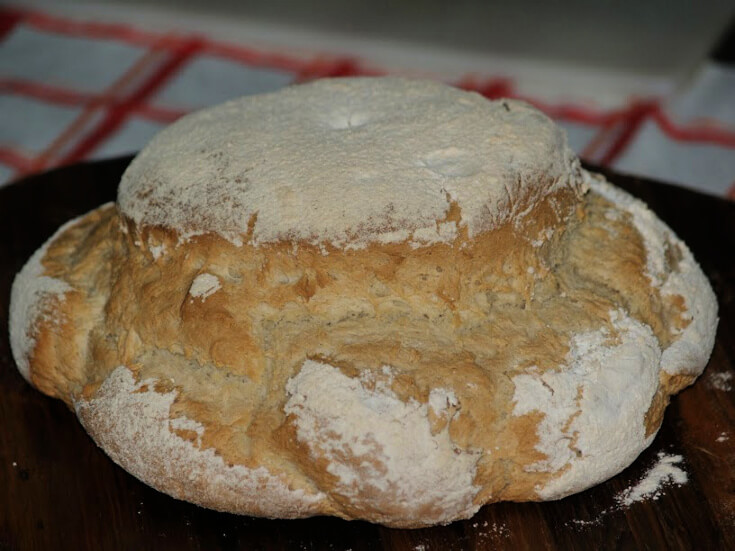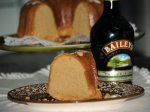- Painless Cooking
- Cakes
- Tips
Cake Baking Tips about Types of Flour and More
MY FOUR GENERAL CAKE BAKING TIPS
First Cake Baking Tips: What type of Cake are you making?
Types of cakes
ONE BOWL CAKES are those that mix all ingredients in
one bowl which eliminates guesswork and easily produces a good quality
cake. Sift all dry ingredients in a large bowl (sometimes recipes might
instruct mixing in a baking pan). Make a hole in the center of the
ingredients and add the liquid ingredients in the hole. (This is usually
used when using oil as the shortening.) Mix batter until well blended
and pour into cake pan.
The CREAMING METHOD of making cakes is most commonly used. It is for cakes using solid shortening, such as pound cakes, layer cakes, etc. This requires 2 bowls; one to cream butter, sugar, eggs and flavoring and one to sift the dry ingredients in. Then add the dry ingredients to the creamed mixture.
FOAM CAKES are very light and airy cakes; these include angel food cakes, sponge cakes and chiffon cakes. These require 2 bowls; one for beating the egg whites and one for sifting dry ingredients. They require beating egg whites until stiff. Then gently fold the dry ingredients into the beaten egg whites only until the whites disappear.
FRUITCAKES are very popular at holidays and used as ceremonial cakes, often for weddings. They are easy to mix and store very well. These require three bowls; one for creaming shortening and sugar, one for combining ingredients and one for combining fruits and nuts. The shortening and sugar is creamed in fruit cake recipes; after blending fruits and nuts, they are then combined with dry ingredients before adding to the creamed mixture. When the flour and nut mixture is added to the creamed mixture, mix until well blended. Because of the thickness of the batter, this may need to be done with your hands.
CUPCAKES AND OTHER FINGER CAKES stand apart because of the quickness in baking, quickness in cooling and the ease in serving. Most of the time they are mixed with the creaming method, baked in cupcake tins or other baking molds and decorated in a variety of ways.
Types of Flour
Cake Baking Tips #2: What type of Flour do you need to use?
I use a good brand of (some of the off brands get too old) ALL PURPOSE FLOUR
in almost all of my baking and with great success. It is so convenient
to keep on hand for long periods of time. A lot depends on whether to
sift or not to sift. It is a blend of hard and soft wheat and contains
gluten which makes it easy to bake with.
PASTRY FLOUR is lower in protein and is recommended for pies, biscuits or other pastries to achieve flakiness. The protein content adds to the final texture of the baked product.
BREAD FLOUR has a higher protein content and adds to the rising and chewy texture of the baked bread.
CAKE FLOUR is a soft wheat flour with high starch content. It is very low in protein and adds to the light tender texture of some cakes. I find this is true in cakes like angel food or when wanting a light white cake. My problem with cake flour is that they vary so much from brand to brand. Some have no additional leavening, some have a little and some have quite a bit of leavening added. When I need cake flour, I make my own. I remove 2 tablespoons of flour per cup. If leavening is already in the recipe, I do not add any. The main thing is to sift this flour about 10 times to make it light and airy.
I only use SELF RISING FLOUR for specific recipes. It is a low protein flour with the leavening already added so it is not to be used in yeast breads or many recipes. WHOLE WHEAT FLOUR is great to use when trying to get more fiber in the diet. It does not have as much gluten and in most recipes it is usually added to all purpose flour to help with the rising and texture.
NOTE: To keep store my flour, I place it in the freezer as soon as purchasing for two weeks then store it in food containers. This prevents any live organs from multiplying. Make sure flour is at room temperature before using another important one of the cake baking tips.
Cake Pans
Cake Baking Tips #3: Choose Your Pan
When choosing cake pans to bake your cakes in, try to have the size and types of pans that the recipe calls for to ensure your cakes perfection. My cake pans are shiny aluminum and gray colored. I have some glass layer cake dishes that I have used for years and they work very well but glass cannot be used at high temperatures (never over 400F degrees)this is a very important cake baking tip. Old pans if left with burn that cannot be cleaned off do not work for baking cakes in. (I do not like any of the insulated baking pans with double layered bottom for any baking)
The key to baking your cakes in the pans is the way they are prepared. Angel food cakes should never be baked in a greased pan; they must cling to the pan to hold the rise, then turned upside down to cool. For most of my layer cakes, I grease and then line with wax paper, then grease again and flour. Some cakes are mixed and baked in the pan which requires no prep. Another point needed to be made is never over fill the cake pan; only fill ½ full so it has room to rise.
Oven Baking
Cake Baking Tips #4: What should your oven setting be?
The oven should be preheated before placing the cake in the oven.
Whenever possible the cake should be placed in the center of the oven
where heat distribution is most uniform. If baking more than one cake at
a time, place so pans do not touch each other or any part of the oven
wall, allowing air circulation around all pans.
Having the correct oven temperature is of utmost
importance; keep an oven thermometer on hand to test from time to time.
A simple guide to follow is to divide the baking time into 4 quarters.
At the end of the first quarter the cake should begin to rise. At the
end of the second quarter the cake begins to brown and the rising
continues. At the end of the third quarter the cake has risen fully and
has continued to brown. At the end of the baking time the cake should be
ready to remove from the oven. When touched the cake should spring back
leaving no impression. When a pick is inserted it should come out clean
and dry. Paying attention to these important cake baking tips will make a cake come out perfect every time.
PEACH CAKE RECIPE
Utilize the cake baking tips above.
- 1 Cup cake flour
- 1 Teaspoon baking powder
- ¼ Teaspoon salt
- ½ Cup sugar
- ½ Cup shortening
- 1 Teaspoon grated lemon rind
- 2 Unbeaten eggs
- 4 Ripe peaches, peeled and sliced
Sift flour, baking powder and salt together.
Beat ½ cup sugar and shortening until light; add lemon rind and eggs one at a time.
Add flour mixture one fourth at a time beating after each addition.
Spread half of batter in greased 8 inch square pan; top with peaches and then remaining batter.
Combine topping ingredients (below) and sprinkle over the top.
Bake at 350F degrees for 50 minutes.
Cut in squares to serve; top with whipped cream if desired.
Topping:
- 1/3 Cup sugar
- ½ Teaspoon cinnamon
- ¼ Cup chopped walnuts or pecans
